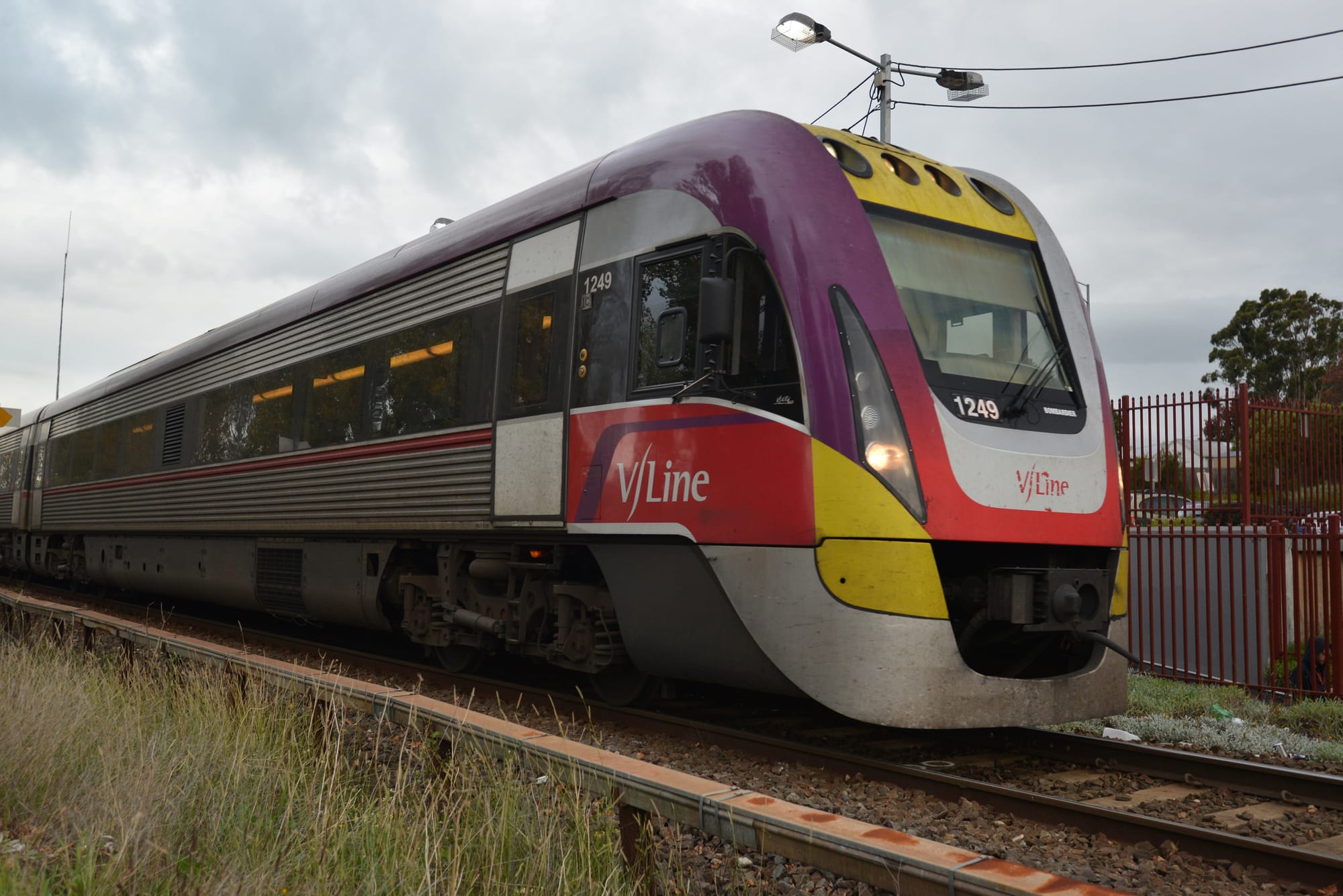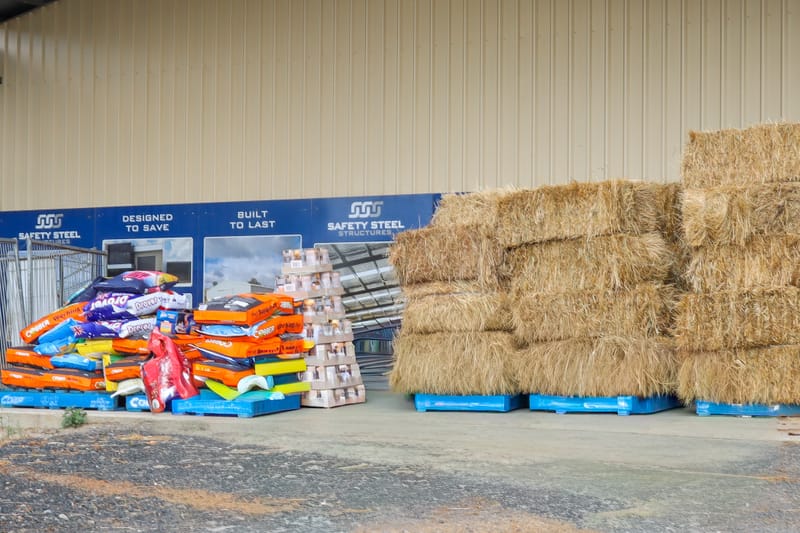Bunyip-Longwarry rail line duplication not going ahead
An initial proposal to duplicate the rail line between Bunyip and Longwarry appears to have been shelved. Without providing a direct answer to a query by The Gazette as to whether the duplication would still go ahead Regional Rail Revival director...

An initial proposal to duplicate the rail line between Bunyip and Longwarry appears to have been shelved.
Without providing a direct answer to a query by The Gazette as to whether the duplication would still go ahead Regional Rail Revival director Mark Havryluk stated the project had been "modified".
He pointed to second tracks and platforms being installed at stations at both towns that, he claimed, would enable Gippsland line services to run every 40 minutes during non-peak times.
A second track between Longwarry and Bunyip, in addition to the second platforms at both stations, was announced by the state government more than four years ago as part of its $530 million Gippsland line upgrade.
A major component of the Longwarry-Bunyip section would have been the need to build a second, or replacement, bridge across the Bunyip River.
Mr Havryluk told The Gazette "extensive rail modelling and operational assessment was undertaken to inform the final design of the project".
He said the upgrades at the Longwarry and Bunyip stations, now due for completion late this year, would enable the same number of extra services planned as well as improve reliability.
They will give "more opportunities for trains to pass each other and improve journeys for passengers," he stated.
The Gazette's queries were a result of what appeared to be changes to a chart on the Gippsland line upgrade website that indicated track duplications at the two stations to cater for the new platforms but not between the towns.
Work is well underway on the new platforms and other facilities, including additional car parking, at the Longwarry and Bunyip stations.
Some utilities' cables and pipelines have also needed relocating and, at Bunyip, widening of the Nar Nar Goon-Longwarry Rd that has already been completed will provide access to the second platform and parking area.
RRV says the Gippsland line upgrade will increase the likelihood of trains arriving at Pakenham in time to meet their designated pathways through the metropolitan rail network, boosting reliability in an area that is a major cause of delays for city-bound trains.





